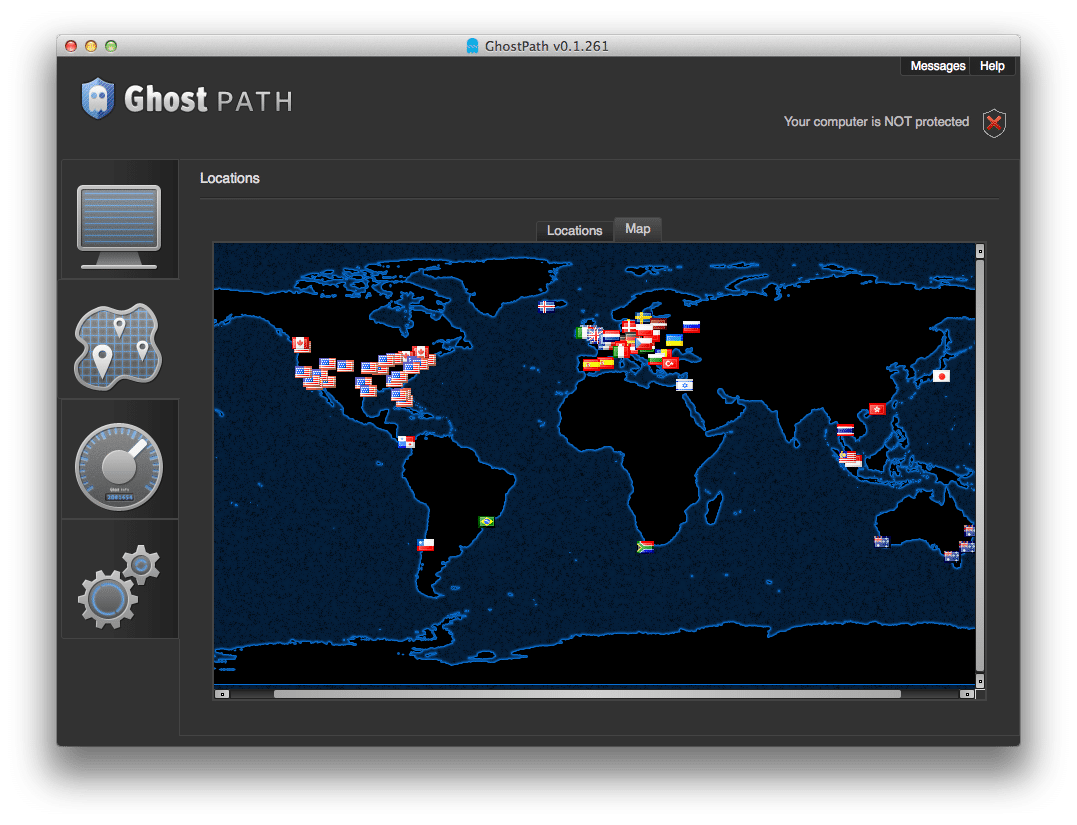
- #Os xlog into user session driver#
- #Os xlog into user session software#
- #Os xlog into user session code#
- #Os xlog into user session password#
- #Os xlog into user session windows#
#Os xlog into user session driver#
#Os xlog into user session password#
These can include a variety of events such as failed log-ins, password changes, failed authentication requests, file deletion and more.
#Os xlog into user session windows#
These logs record user privilege changes, authentication operations, and requests and other operations that take place in Windows Active Directory.
#Os xlog into user session code#
These logs help code developers understand and measure how applications are behaving during development and prior to release.
#Os xlog into user session software#
Network security and operations analysts can use specialized software tools to aggregate and analyze these logs, detect patterns and trends, and respond to incidents or potential user issues. The windows operating system can generate an event log in response to activity on any of its hardware or software components. Each of the leading operating systems is uniquely configured to generate and categorize event logs in response to specific types of events.

The reason log files exist is that software and hardware developers find it easier to troubleshoot and debug their creations when they access a textual record of the events that the system is producing. Log files are automatically computer-generated whenever an event with a specific classification takes place on the network. Log File Examples for Common Operating Systems Log management systems centralize all log files and make it easy to understand, trace, and address key issues related to application performance. What is a log management system?Ī log management system is a tool used to gather, sort, and analyze log data from different sources. Log files can show important information such as the need for upgrades or areas for improvements in performance. Logging is important because log files show whether resources are performing properly and optimally. While a log file is a file that encompasses all activities across servers, applications, systems, etc., a system log, or syslog, is a record for a specific system or application.


IT organizations can implement security event monitoring (SEM), security information management (SIM), security information and event management (SIEM), or another analytics tool to aggregate and analyze log files from throughout a cloud computing environment. A log file is a computer-generated data file that contains information about usage patterns, activities, and operations within an operating system, application, server or another device. Log files are the primary data source for network observability. Observability in the context of cloud computing depends on two factors: the presence of data outputs that accurately reflect activities and behaviors on the network, and the ability to aggregate and analyze that data. Cloud computing, especially in the public cloud, provides significant benefits that include cost savings through economies of scale, streamlined processes and simplified management with fewer administrative tasks.Īs organizations depend on the cloud for more of their critical applications and services, there is a growing need to maintain network transparency and visibility, also called observability. Sumo Logic Aggregates and Analyzes Log Files from the Cloud What is a Log File?Įnterprise organizations are increasingly choosing to deploy new applications and migrate existing ones to both private and public cloud computing environments.


 0 kommentar(er)
0 kommentar(er)
